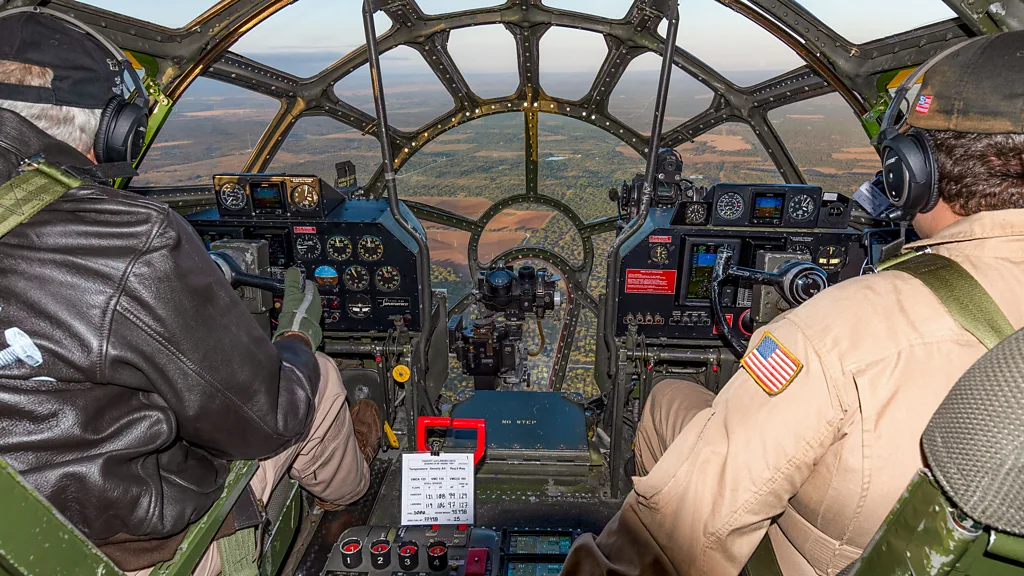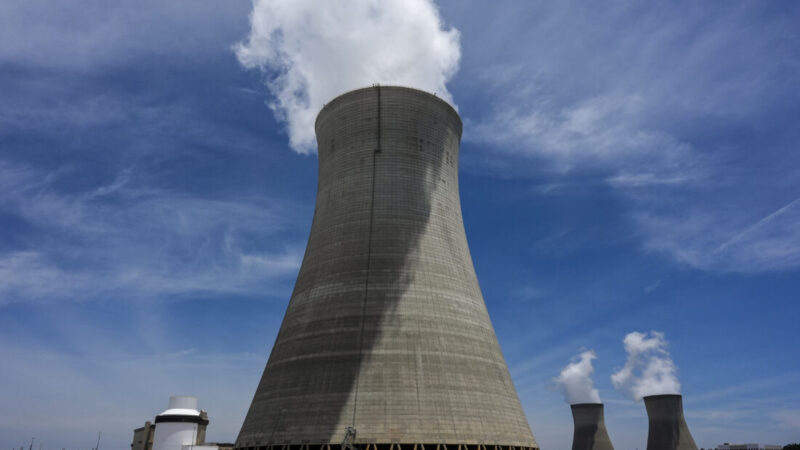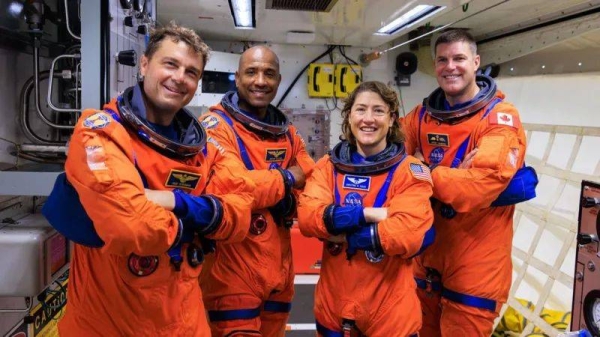The Airliner Pilot Who Gets to Fly World War Two’s Biggest Bomber

They are two of the most celebrated aircraft still flying today. The Boeing B-29 Superfortress bombers flown by the Commemorative Air Force (CAF) in the US are the last airworthy examples of nearly 4,000 built in the 1940s. At the time, the B-29 was the largest bomber in the world and one of the most advanced aircraft ever built.
Nicknamed Fifi and Doc, the CAF’s aircraft perform at airshows across the US, where aviation fans can even book 30-minute demonstration flights.
When it entered service in 1945, the B-29 introduced major innovations: pressurised crew compartments, long-range capability, and speed that nearly matched contemporary fighter planes. Developing it cost more than the Manhattan Project — and its missions would eventually include dropping the atomic bombs on Japan.
A Demanding Machine
The B-29’s power came from four Wright R-3350 engines, each weighing more than a tonne and producing more than 20,000 horsepower combined. But they were notoriously temperamental, often overheating and requiring constant monitoring by a dedicated flight engineer.
Today, Randall Haskin, 52, is one of the few pilots still flying the aircraft. A US Air Force veteran and freight airline captain, Haskin swaps the cockpit of modern jets for Fifi’s far more demanding controls.
“Flying the Superfortress is like leadership by committee,” he told BBC Future from his home in Las Vegas. “I rely on a flight engineer for all aspects of engine operation. Unlike other planes where the pilot adjusts power directly, here I have to call out precise settings, and the engineer executes them. It’s a constant team exercise.”
Heavy, Slow – and Risky
Despite its power, Haskin describes the B-29 as “incredibly underpowered” on takeoff. The 40-tonne aircraft accelerates slowly, climbs gradually, and requires careful handling if an engine fails.
“If you’re not prepared for an emergency, you’re going to crash,” Haskin said. “When we practice two-engine-out procedures, it’s a real handful.”
The plane also bleeds speed quickly due to its large flaps, meaning mistakes can escalate rapidly. “You have to be aware of things you don’t normally think about in other airplanes,” he added.
A Flying Museum
CAF flights typically last 20–30 minutes, carrying up to 10 passengers at a time. “We’re just taking the old B-29 out for a Sunday drive,” Haskin said. “Passengers get to experience what it smells like, sounds like, and feels like — a living, breathing piece of history.”
The CAF describes itself as a “flying museum,” preserving historic warbirds to honour the generation that built and flew them.
Haskin’s connection is also personal: his father Bruce was a B-29 flight engineer in the 1950s. “I grew up with him telling stories about it. I never thought I’d have the chance to fly one myself,” he said.
From Dream to Reality
Haskin began with smaller warbirds like the Texan trainer before graduating to the B-24 Liberator — a bomber he calls “fantastic, but the worst airplane I’ve ever flown.” After two years on the B-24, he finally moved up to the B-29.
His first experience was overwhelming. “When I got on board for the first flight, the workload, the complexity — it hit me right away.”
Complex, But Worth It
The B-29 requires long preflight checks, with crews of six inside and support staff outside. The cockpit, filled with rows of switches and levers, feels closer to a concert orchestra than a modern jet.
“It’s a complicated airplane,” Haskin explained. “Despite being a technological marvel of its time, very little is automated. The engines are easy to damage, so you have to treat them carefully.”
Getting airborne is equally delicate. Pilots accelerate to 80mph (130km/h) before gaining rudder control, but must wait until 125mph (200km/h) to lift off safely. The real safety margin comes above 190mph (306km/h).
“The view out the glass nose as you’re accelerating is eye-popping,” Haskin said. “It feels like the trees and terrain are right under your feet.”
Eighty years on, the B-29 still commands awe — both from those watching on the ground, and from the pilots who keep its legacy alive in the skies.






